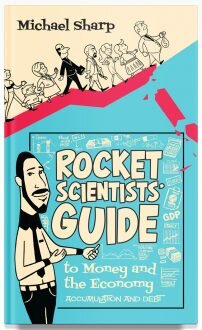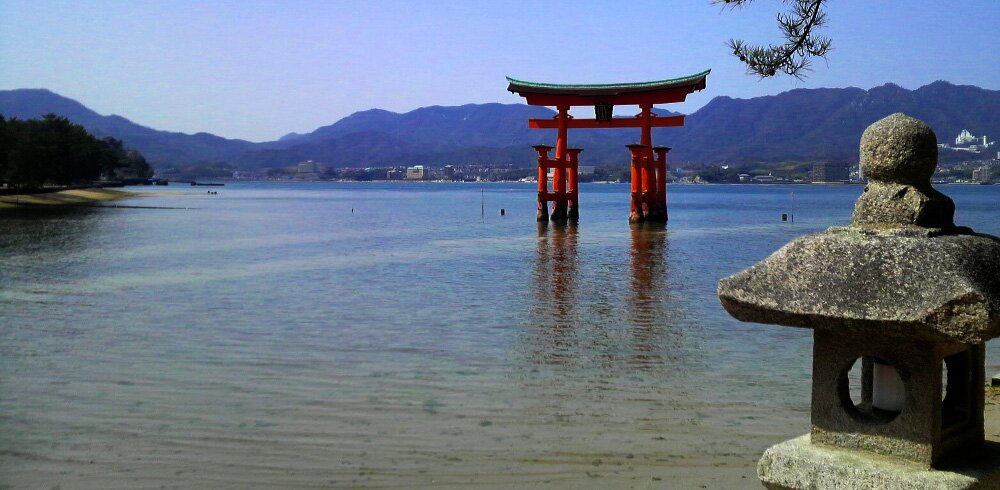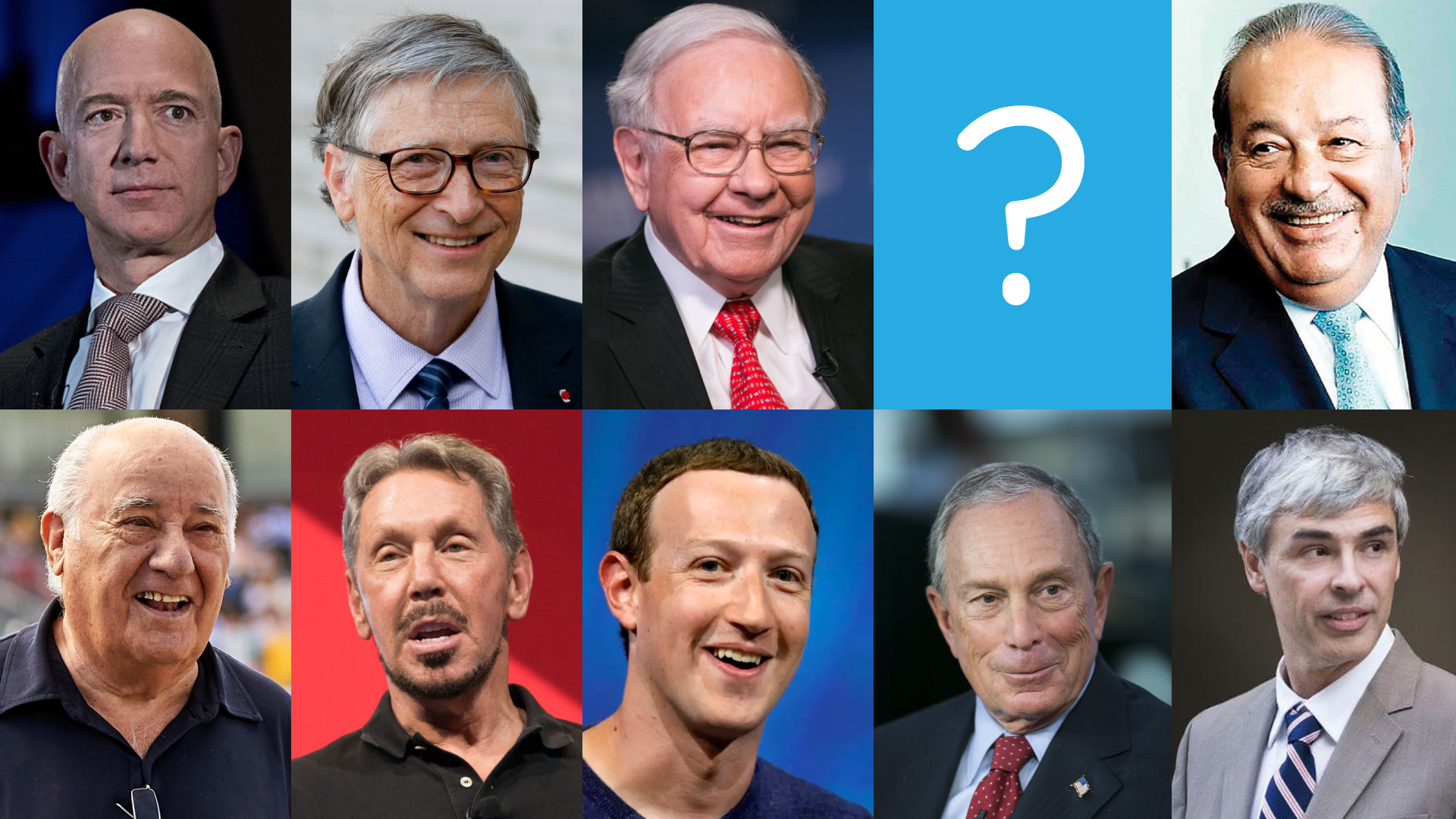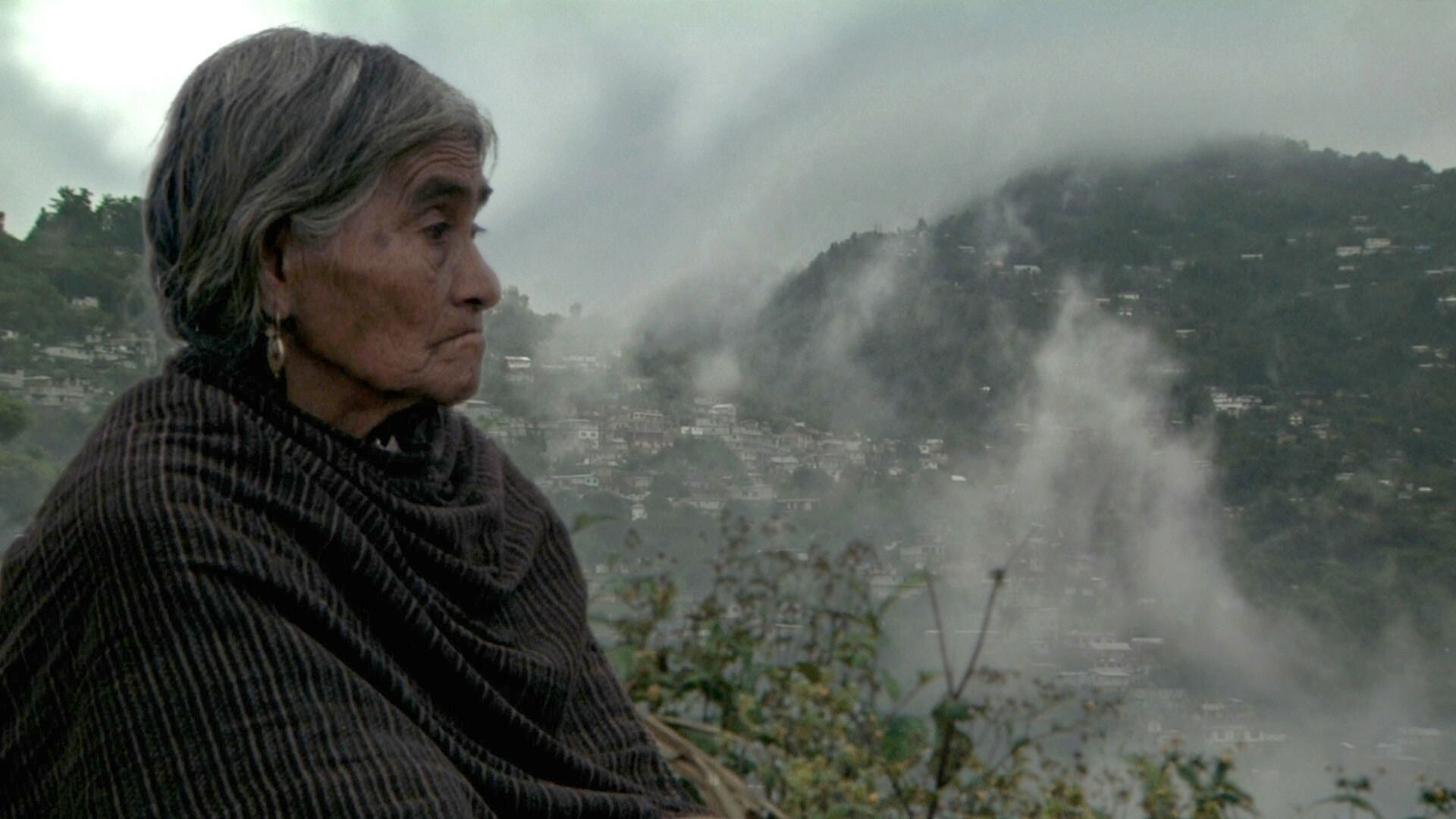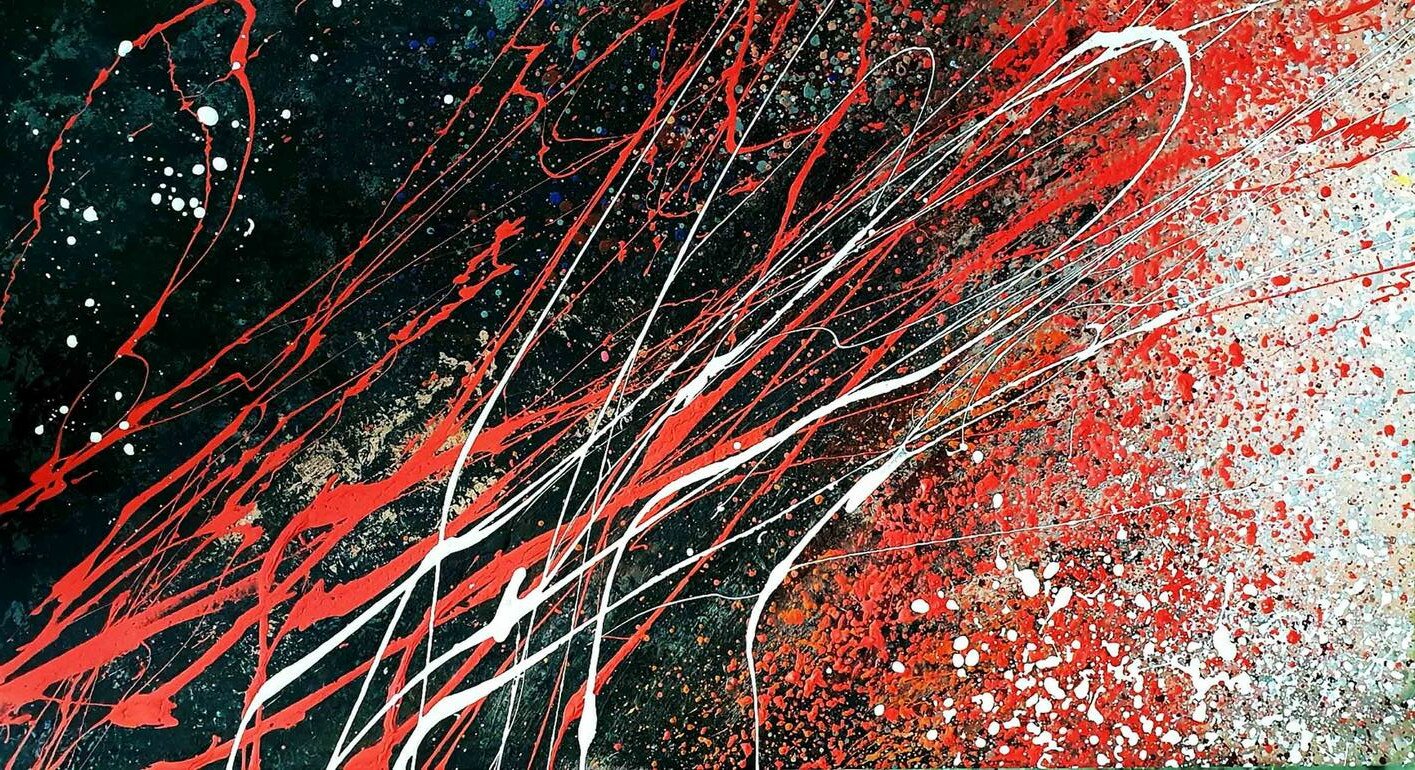Greetings and welcome. My name is Michael.
In this article I am are going to talk about six related topics.
I am going to talk about the myth of human independence and the critical importance of meeting our human needs.
I am going to talk about Abraham Maslow’s early theory of human needs and I’ll also talk about some of the problems with the iconic “Pyramid” that is used to represent him.
Then, I am going to introduce you to a new more modern theorization of human needs.
Finally, I am going to end with a statement bout expanding our view of human nature.
Let’s start with the myth of human independence.
If you have grown up on this world, then chances are good that you have been taught the myth that humans beings are these powerful, heroic, independent individuals who go on this lifelong journey of struggle, strife, and eventually triumph.
This “heroes” journey, as some have called it, is the titanic individual struggle to grow, develop, learn your lessons, and fight evil so that eventually, if you work hard enough, you might graduate to the next level, and maybe even save the world.
This line of thinking, this heroes mythology, makes for a great Hollywood blockbuster, but the truth is, our reality, the world that we ACTUALLY live in, and indeed our essence as human beings, is nothing at all like this blockbuster plot line.
The fact is, not a single one amongst us fits this heroic mythology.
The truth is, as individuals, as human beings, we are hopelessly dependent on each other for surival.
This dependence is obvious in the case of infants who are completely incapable of meeting even their most basic needs and who would quickly die without adult assistance.
It is not much better for young children, or even adolescents, both of whom remain dependent on adults for support and satisfaction of their various needs.
When you think deeply about it, even as adults, we are completely dependent on each other.
[images of people working on things]Everything from the food we eat to the clothing we wear, to the homes we live in to the cars we drive, to all the other commodities that make our modern lives comfortable and interesting, are brought to us via the LABOUR and effort of others.
If it wasn’t for all that shared labour,
…if it wasn’t for the awesome way we can exchange and trade all our products and services,
our world would be nothing at all like it is today.
The truth is, as human beings, we are completely dependent on each other.
If you doubt this, do a little thought experiment with me.
Imagine you suddenly find yourself lost in a forest alone, days from civilization, with nothing but the cloths on your back.
Now ask yourself, how long do you think you would survive in the forest without help?
Chances are, not very long. And even if you are some kind of Grisly Adams who could survive alone in the woods, what kind of life would you have?
I can tell you, it would be nothing like the life you enjoy in this modern world of global interdependence.
Propoganda to the contrary, humans have the particular distinction of being the most inter-DEPENDENT species on the planet.
Humans can SURVIVE only with the help of each other.
Humans can THRIVE only with the help of each other.
….
Now, if you accept the fact that humans aren’t a species of independent heroes on this epic solo journey through life, then what?
Well, the complex and profound interdependency that we are all embedded in raises some important questions, not the least of which is if humans ARE so inter-dependent, then how do we, as this interdependent species of people interested in creating a better world, organize life and create environments that allow us to develop our full potential.
It is a reasonable question to ask, and in fact, we ask and answer this question all the time.
For example, if a gardener wants to grow tomatoes that fully actualize the genetic potential of the seed, the gardner will ask, “what do I need to do to grow the healthiest, juiciest tomatoes.”
It is the same for a farmer. If a farmer wants to grow healthy wheat fields or healthy livestock, the farmer will ask the question, what do I need to do.
We can ask this question of humans as well.
The answer, for tomatoes, for wheat fields, and for humans, is the same.
If you want to grow healthy tomatoes, if you want to grow healthy livestock, if you want to grow a healthy anything for that matter, you must create an environment within which all the ESSENTIAL needs of the thing you are trying to grow are adequately and sufficiently met.
The only real question is, what constitutes the essential needs of an organism.
In the case of tomaties, that’s easy. To grow healthy tomatoes you have to do four things.
Number one, you have to provide them with the right soil
Number two, you have to make sure they get the right amount of water.
Number three, you have to ensure they get get the right amount of sunlight, and finally… Number four, you have to make sure to protect them from pests and animals that would trample on them or eat them before they are full grown.
It is the same for wheat fields, animals, and even humans.
If you want these things to grow up healthy, if you want them to meet their full potential, you make sure that you meet all their needs.
Simple, and, I think, self-evident.
If you want things to grow up healthy and whole, of course you have to meet all their needs.
Now, if you do accept what appears to be this self-evident truth, then the question for us is, what constitutes the essential needs of the human being.
…
Now, at first glance, this might seem like a hard question to answer, but its not.
The question itself has been on the plate of psychologists since at least 1943 when Abraham Maslow published an article theorizing about humanity’s essential needs.
In this 1943 article, and in his later work, Abraham Maslow said that humans had many different needs which needed to be satisfied if humans were to grow up healthy, happy, and fully actualized.
In the original article, Maslow organized these needs into TWO essential hierarchies.
The first hierarchy, and the hierarchy everybody is familiar with, is the hierarchy of basic needs.
As proposed by Maslow, this basic needs hierarchy includes the needs for food, water, safety, security, belonginess, love, esteem, and self actualization.
The second hierarchy Maslow proposed was the hierarchy of cognitive needs.
In this hierarchy, Maslow placed two needs, the need to know and the need to understand.
With these two hierarchies, Maslow provided the foundation for a sophisticated theory of human needs that remains influencial down to this day.
However, it is important to note that as sophisticated as the original statement was, Maslow’s original statements were only preliminary.
Later on, as his thinking evolved, Maslow added additional needs.
In 1954, for example, Maslow added ascetic needs, or the need for calm and pleasing environments.
Later on in the sixties, Maslow added a “spiritual” need which he called the need for transcendence.
Taken together, these two hierarchies of need, and the later additions, provide a comprehensive outline of what humans need if they are to grow up to be healthy, happy, and whole.
Now, many people are familiar with at least part of Maslow’s theory through the now iconic “pyramid” of needs…
However, there are some serious problems with this iconic representation.
The first problem with this pyramid is that Maslow never suggested a pyramid as the visual model for his theory of needs.
The closet Maslow came to providing a visual was his suggestion that human needs functioned like nested boxes which could be shuffled about as people worked to satisfy their various needs.
The second problem with this pyramid is that the pyramid itself was created by a psychologist working for a big management firm.
This psychologist was not interested in using Maslow’s theory to help human beings grow and actualize their full potential.
He wanted to use Maslow’s theory to find cheaper and more effective ways to manipulate and motivate workers.
He chose to represent Maslow’s theory with a pyramid not because the pyramid was a faithful representation, but because it presented a particular spin on the theory, one that detracted from its inherent humanism and twisted it into something that supported not the actualization of human potential, but the capitalist’s manipulation of the working classes.
In other words, the pyramid is a distorted simplification and misrepresentation of Maslow’s seminal theory.
So what do we do?
Well, we could try to correct the pyramid by incorporating Maslow’s later additions, but that’s not a good solution for a couple of reasons.
For one, putting all the various needs together into a single pyramid would get a little messy, visually speaking.
For two, as Maslow originally recognized with his visual of the nexted boxes, human needs are more complex and variable than a ridgid pyramid suggests.
Finally, the pyramid, and in particular it’s placement of SELF actualization at the top, is a neo-liberal misrepresentation of human potential that reflects the labour requirements of capitalism and not full human potential.
For these reasons, I feel we need a fresh icon.
My choice is to incorporate Maslow’s various needs into a Circle of Seven Essential Needs.
In this circle, we have three rings.
In the outer ring we have the Basic Needs –
The basic needs include the physiological needs for food, water, and shelter, the cognitive needs to know and understand,
the psychological needs for freedom, power, and esteem, the emotional needs for love and belonging,
and the environmental need for a safe, secure, and aesthetically pleasing environment.
I want to emphasize here that the bsic needs are very important.
Completely meeting these needs is the only way to ensure a physical mind and body healthy enough to unproblematically align and connect.
Speaking of alignment and connection, in the middle circle we have the human need for alignment. Alignment here refers to our multidimensional need to align with both our inner and outer selves.
What’s the difference? Well, the inner self is who we are inside.
The inner self consists of our biological, psychological, emotional, and spiritual inner beings, all tied together as one.
We all have a powerful need to align with this inner being so that, in Abraham Maslow’s terms, we can actualize our true self.
The outer self, on the other hand, is that part of our self that emerges from our connections with various key groups in our lives, like family, friends, community, nation, our ancestors, and so on.
It is not that hard to understand this need to connect with our outer selves.
As an organism that is completely dependent on others, we have always needed to be included in a group.
In our distance past, and even down to this day, if we were not included in some kind of group, we simply could not have survived.
As a consequence of this, we have evolved a powerful need to belong.
Of course, if you want to get accepted and included in a group, you are expected to align your morals, norms, values, and behaviours with the standards and expectations of the group.
If you are not sufficiently aligned, you jeapordize your ability to “fit in.”
So you can see, alignment is an important you must meet.
However, understand that alignment is only the first step. The reason why you need to align is so that you can meet your need for connections.
Connection here refers to your ability to “transcend” the boundaries of your bodily ego and connect with those aspects of your being that lie both inside and outside your individual and isolated egoic self.
Inner connection is connection to your biological, psychological, emotional, and spiritual inner being.
Outer connection is connection to your parents, your children, other adults, nature, and even the entire cosmos.
Alignment followed by both inner and outer connection are required if you are to grow up healthy and achieve your full potential.
I think this is a good place to stop. To review, I started this presentation with the notion that the “heroes” story, this notion that humans are independent, heroic travellers on a journey leading to epic personal triumph, is silly.
The truth is, as humans, we are dependent on each other. As such, a key question becomes, how do we, as a species, work together to create healthy environments where we can all grow and develop to our full human potential.
The answer to that question is simple.
In order to create a world where we can all grow up to actualize our full potential, collectively we need to create spaces where we can meet all our essential needs.
We can use the updated Circle of Seven Essential not only to map out what we need to do get started on creating these spaces, but also to reenvision our human nature so we can finally move beyond the individualistic, solipsistic, isolated, and pathologically disconnected hero that has dominated our consciousness for thousands and thousands of years.



